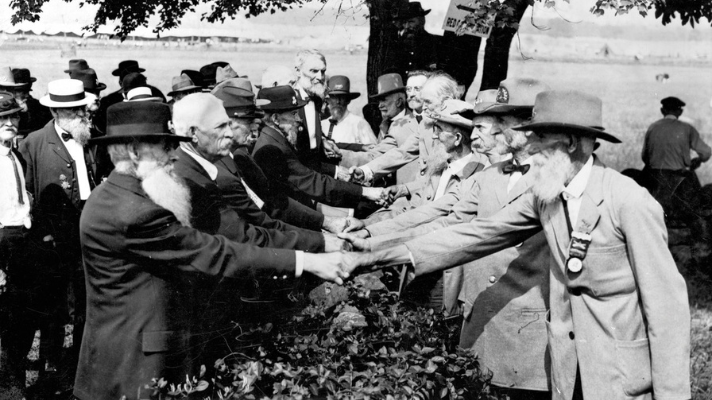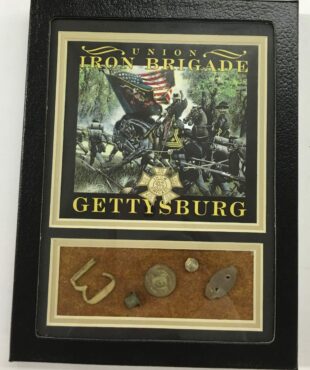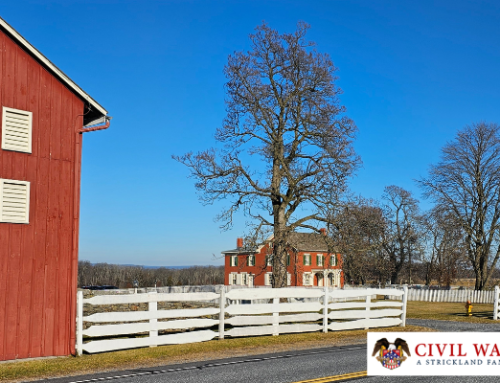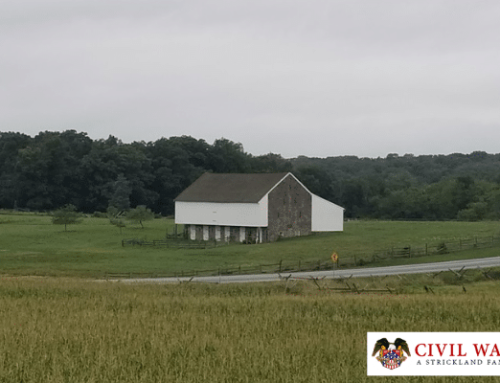The 1913 Gettysburg Anniversary: A Historic Reunion That Transcended Time

In July 1913, an extraordinary event occurred on the hallowed grounds of Gettysburg, Pennsylvania. Fifty years after the famous Civil War battle, Union and Confederate veterans gathered to commemorate the sacrifices made during the bloodiest conflict in American history. This remarkable reunion, known as the “Great Reunion,” left an indelible mark on the nation’s collective memory and is a testament to the power of reconciliation and unity.
A Moment of Healing and Unity
The Great Reunion of 1913 was a momentous occasion that united former enemies in a spirit of reconciliation and unity. Over 50,000 veterans, ranging from their 60s to 90s, descended upon Gettysburg to honor fallen comrades’ memories and promote national healing. The event was meticulously planned, with dedicated committees working tirelessly to ensure the comfort and welfare of the aging soldiers. The reunion was a poignant symbol of healing wounds that had festered for half a century and showcased the remarkable capacity of humanity to overcome deep divisions.
Commemorative Events and Ceremonies
The four-day Great Reunion featured a series of commemorative events and ceremonies that captured the nation’s attention. On July 1, 1913, the veterans gathered at the battlefield to reenact Pickett’s Charge, a pivotal moment in the Battle of Gettysburg. The sight of gray-haired veterans reliving their past with remarkable vigor moved spectators and stirred emotions. Other events included memorial dedications, speeches, and a grand military parade showcasing a united nation’s strength and resilience. The magnitude of these activities demonstrated the importance and lasting impact of the Battle of Gettysburg in shaping the course of American history.
Witnessing History and Inspiring Generations
The Great Reunion of 1913 was a significant event for the veterans and thousands of onlookers who traveled to Gettysburg to witness history. The reunion created an atmosphere of reverence and awe, inspiring future generations with the importance of remembrance, sacrifice, and the pursuit of unity. The event served as a reminder of the human toll of war and the enduring legacy of those who fought in it. The nation was united in its appreciation for the bravery and selflessness displayed by the veterans, leaving an indelible imprint on the collective memory of the American people.
Legacy and Historical Significance
The Great Reunion of 1913 left an enduring legacy that extends far beyond the boundaries of Gettysburg. It marked a turning point in the healing process for a divided nation, emphasizing the need for unity and reconciliation. The event played a pivotal role in fostering a sense of national identity and pride, while also acknowledging the complexities and scars of the past. Moreover, the Great Reunion highlighted the importance of preserving historical sites and commemorating the sacrifices of those who came before us. The legacy of this reunion continues to resonate today, reminding us of the power of empathy, forgiveness, and the pursuit of a more perfect union.
The Great Reunion of 1913 is a shining example of the human capacity for healing, unity, and forgiveness. Half a century after the Battle of Gettysburg, former enemies set aside their differences to honor the fallen and promote reconciliation. This historic event serves as a poignant reminder that despite great adversity, humanity can transcend its divisions and strive for a brighter future.
On this, the 160th Anniversary of the Battle of Gettysburg, let us remember the sacrifices made by those who fought at Gettysburg and strive to honor their memory by fostering peace, understanding, and unity in our lives and communities.











